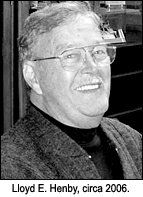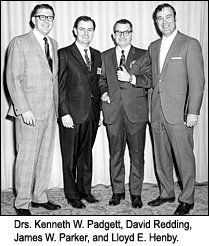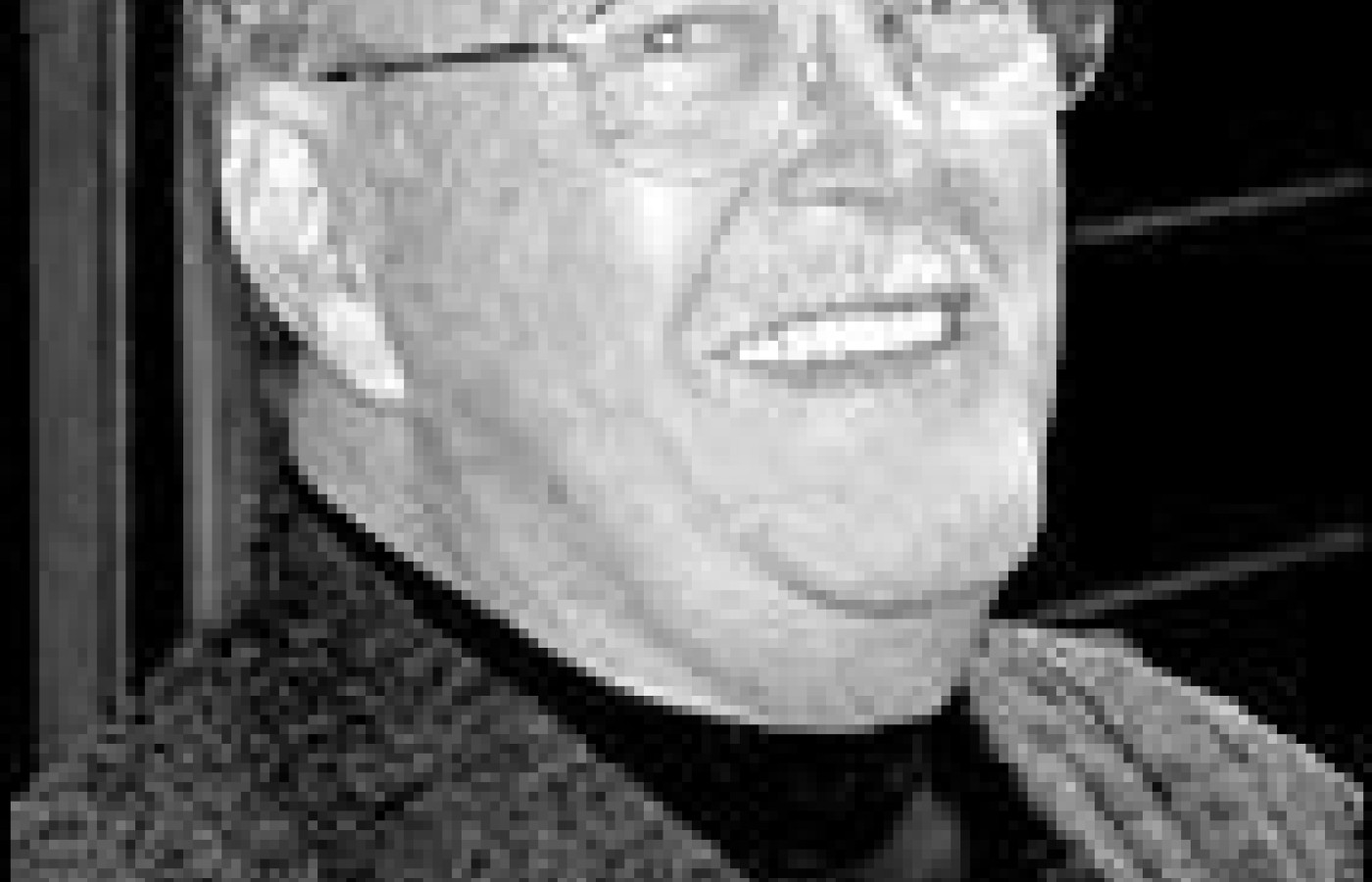Some doctors thrive in a personality-based clinic and have a loyal following no matter what services or equipment they offer, but for most chiropractic offices who are trying to grow and expand, new equipment purchases help us stay relevant and continue to service our client base in the best, most up-to-date manner possible. So, regarding equipment purchasing: should you lease, get a bank loan, or pay cash?
Remembering Lloyd E. Henby, DC, ND, FACC, Associate Professor, New York Chiropractic College
When Lloyd Eugene Henby passed away on Aug. 31, 2006, the chiropractic profession and New York Chiropractic College (NYCC) lost a genuine pioneer and legend.
Lloyd E. Henby was born on March 4, 1928, in Chicago, Ill. He was very close to his father, Earl Henby, an officer in the U.S. Navy who died during World War II, when Lloyd was only 15 years of age. Lloyd also was very close to his mother, Estelle, who split her time living with Lloyd and his sister. He remained devoted to his mother until her death at age 80 in 1984. Lloyd had two sisters (Jane and Gloria) and one brother (Earl).

When he graduated high school, Lloyd worked at many temporary jobs, including factory work and a stint as a phlebotomist's assistant in the psychiatric ward at a VA hospital. He spoke frequently of his experiences working in the Merchant Marine, an occupation that took him to the Great Lakes, the Atlantic Ocean and the Philippines. It was in the Philippines that he enlisted in the U.S. Army and was shipped off to Japan, where he would be posted during the Korean War. After discharge from the Army, he returned to the United States to enroll in National College of Chiropractic in Chicago. In May 1952, he graduated with dual degrees as a doctor of naturopathy and a doctor of chiropractic. In 1993, Lloyd was admitted as a Fellow of the American College of Chiropractors, a fitting tribute to a distinguished career.
In 1954, Lloyd and his newlywed wife, Mary Jane, moved to Watkins Glen, N.Y., where he purchased a chiropractic practice that was extremely successful for 20 years. Not only was he active helping patients and contributing to the profession, he also was busy building the most important facet of his life, his family. Lloyd is survived by his children, Cynthia Kelly, Steven, Tod, Adam, and Ahren; his brother Earl from Indiana, and his sister Jane Auld from California. He also is survived by nine grandchildren and three great-grandchildren.
In 1964, he was one of the first chiropractors to receive New York state licensure. In the early 1960s, just prior to chiropractic being licensed in the state, Lloyd experi-enced anti-chiropractic politics when he was arrested for practicing medicine without a license at his practice in Watkins Glen. Fortunately, both the judge and the chief of police were Lloyd's patients, and his incarceration was short-lived - he was released in time to treat his afternoon patients.
In 1977, Lloyd and his growing family moved to Tampa, Fla., where he practiced for another 10 years. During that time, he served as chiropractor for several players on the Tampa Bay Buccaneers of the National Football League. He also was one of the first chiropractors to pioneer the new procedure of manipulation under anesthesia and to earn hospital privileges.
In 1987, he returned to Hornell, N.Y., where he joined his close friend Dr. David J. Redding in practice. They worked together there until 1993. In 1991, when NYCC moved from Long Island to Seneca Falls, Lloyd and another longtime friend, Dr. Howard Genano, began teaching as part-time faculty on campus. In 1993, after a serious neck injury, Lloyd left private practice to join NYCC in a full-time capacity. He continued to teach chiropractic technique until shortly before his death. He also practiced part time with his son, Dr. Adam Henby, in Palmyra, N.Y., in 1994-95; and with Dr. Hanslik in Newark, N.Y., in 1995-96.
Lloyd cherished his friendship with his many chiropractic colleagues. He was a loyal friend to Drs. Howard Genano, David Redding, Frank Landsedeal, Eileen Santipadri, Karen Bobak, Kenneth Padgett, Peter Ferguson, and Richard Carnivale, among many others. He always acknowledged several important men who helped to formulate his ideas, his ethics and his chiropractic philosophy.

These mentors were Dr. Joseph Janse, former president of National College of Chiropractic; Dr. Clarence Gonstead, founder and developer of the Gonstead technique system that Lloyd practiced and taught; and Dr. James W. Parker, whose seminars helped Lloyd develop his business knowledge and success principles. Dr. Henby was especially admired and respected at NYCC, where he held a special place in the hearts of hundreds of students over the years. One student, Ryan Adelizi, spoke volumes when he described Dr. Henby as "the most popular guy on campus." He identified him as "a man of principle - never afraid to say what he means." In September 2005, NYCC students Laurie Rocco and Mike Allgeier arranged to have a technique room dedicated to Dr. Henby. The student body also recently honored him by creating "Dr. Henby - the Man, the Myth, the Legend" T-shirts.
Dr. Henby was known for his dapper wardrobe and meticulous appearance. He always wanted to represent his profession with the dignity it deserved. Students naturally gravitated to him, whether it was for help with adjusting, advice about patient care, or just to be cheered up by his presence. Dr. Henby was at his best - indeed, he was a master - in the setting of "open labs," where students came to develop and perfect their skills, and most importantly, where Dr. Henby helped them to develop and boost their self-confidence.
He was widely respected for his uncompromising view of chiropractic and for his abundant wealth of 54 years' experience. He was considered the quintessential "chiropractor's chiropractor" whose care was frequently sought by students, staff, faculty, administrators, board members and other colleagues.

On Sept.12, 2006, Dr. Frank Nicchi, president of NYCC, presided over a campus memorial celebration attended by Dr. Henby's family, students, alumni, staff, faculty, friends and former patients. It was obvious from the overwhelming attendance that Dr. Henby "made the day" for many over the years, and that his presence will be sadly missed.



